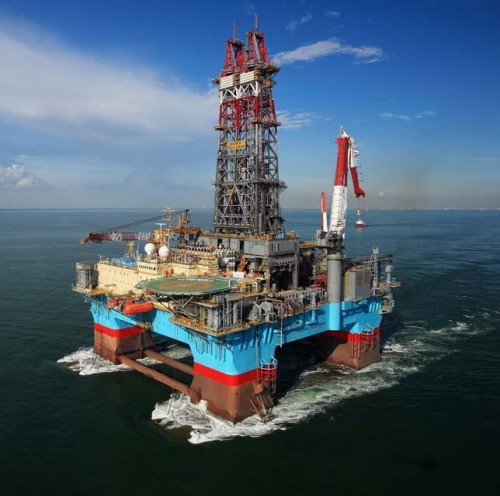
Mansey R. Billiot
June 21, 2011
Eugene Valentine Sr.
June 23, 2011Exxon Mobil Corp. announced this month it had potentially found more than 700 million barrels of oil equivalent beneath the surface of the Keathley Canyon in the Gulf of Mexico, a discovery the state’s oil and gas stakeholders deemed a ‘critical milestone in the industry’s return to deepwater drilling.
‘It’s going to be a good impact, as far as services coming out of Port Fourchon, said Chett Chiasson, the executive director of the Greater Lafourche Port Commission. ‘We were the service base for the find and all of the exploration work that was done, and we will continue to be the service base as they begin all the work to get that producing.
Exxon Mobil operates out of the C-Port at Port Fourchon, and utilizes vessels provided by Edison Chouest Offshore and Otto Candies LLC, according to the state Department of Natural Resources (DNR).
Edison Chouest is based in Galliano, and Otto Candies is based in Des Allemands.
The DNR also said the oil and gas corporation has used PHI Inc., another Louisiana company, for helicopter travel.
Chiasson said the vast discovery could spur long-term job growth at Port Fourchon as the deepwater oil and gas service industries hold out for more permitted exploration projects.
‘It does have good potential for, obviously, retaining jobs, but also creating new jobs, he said. ‘As far as a number of new jobs, I don’t think we can speculate on that yet, but yes, it does have that possibility.
The Exxon Mobil discovery is being billed as the first major find in the Gulf of Mexico since the BP Deepwater Horizon oil spill more than a year ago, when the Transocean-operated rig in the Macondo Prospect exploded and spewed about 4.9 million barrels of oil into the Gulf.
In response to the disaster, the U.S. Department of the Interior imposed a moratorium on offshore drilling in May 2010 and lifted it in October, but the first deepwater permits after the incident were not issued until February of this year.
The Bureau of Ocean Energy Management, Regulation and Enforcement’s website states that it has permitted 16 wells that require sub-sea containment to drill in the deep waters of the Gulf of Mexico since it resumed issuing permits i
‘It’s a step in the right direction, but we need to see this at a stronger pace as far as the permits are issued, so we can see these types of finds in the Gulf, so we can continue to be servicing the deepwater oil and gas like we have been in the past and providing the necessary energy for this country, Chiasson said.
Scott Angelle, secretary of the DNR and one of the moratorium’s leading critics, called last Wednesday’s announcement a ‘great day for the Gulf of Mexico offshore energy industry and a great day for America.
‘This discovery proves that the Gulf of Mexico offshore industry is capable of finding the fuel that energizes America in a safe and responsible manner, the DNR secretary said.
The Irving, Texas-based international oil and gas corporation announced on June 8 it had found more than 475 feet of net oil pay and a ‘minor amount of gas in KC919, where a wildcat well was drilling in nearly 7,000 feet of water about 250 miles southwest of New Orleans.
In 2010, a well located more than 550 feet of net oil pay in KC919, and about 200 feet of natural gas pay was discovered in KC964 in 2009, according to Exxon Mobil.
Exxon Mobil is the operator of four connecting blocks in the Keathley Canyon KC918, KC919, KC963 and KC964 and its Gulf of Mexico operations over the past decade include the drilling of 36 deepwater wells at depths ranging from 4,000 feet to 8,700 feet, the corporation said.
Exxon Mobil controls KC919 with 50 percent working interest, with the remainder spilt evenly between Eni Petroleum US LLC and Petrobras America Inc.
Exxon Mobil holds interest in more than 370 Gulf of Mexico leases.
‘This is a critical milestone that indicates a bright and robust future for the oil and gas industry in the Gulf of Mexico, and we congratulate Exxon Mobil on their efforts, said Chris John, president of the Louisiana Mid-Continent Oil and Gas Association.
Exxon Mobil Exploration Company used the Maersk Developer semi-submersible drilling rig, shown here in a photo from Maersk, to drill Exxon Mobil’s first post-moratorium deepwater exploration well in the Gulf of Mexico. COURTESY PHOTO









